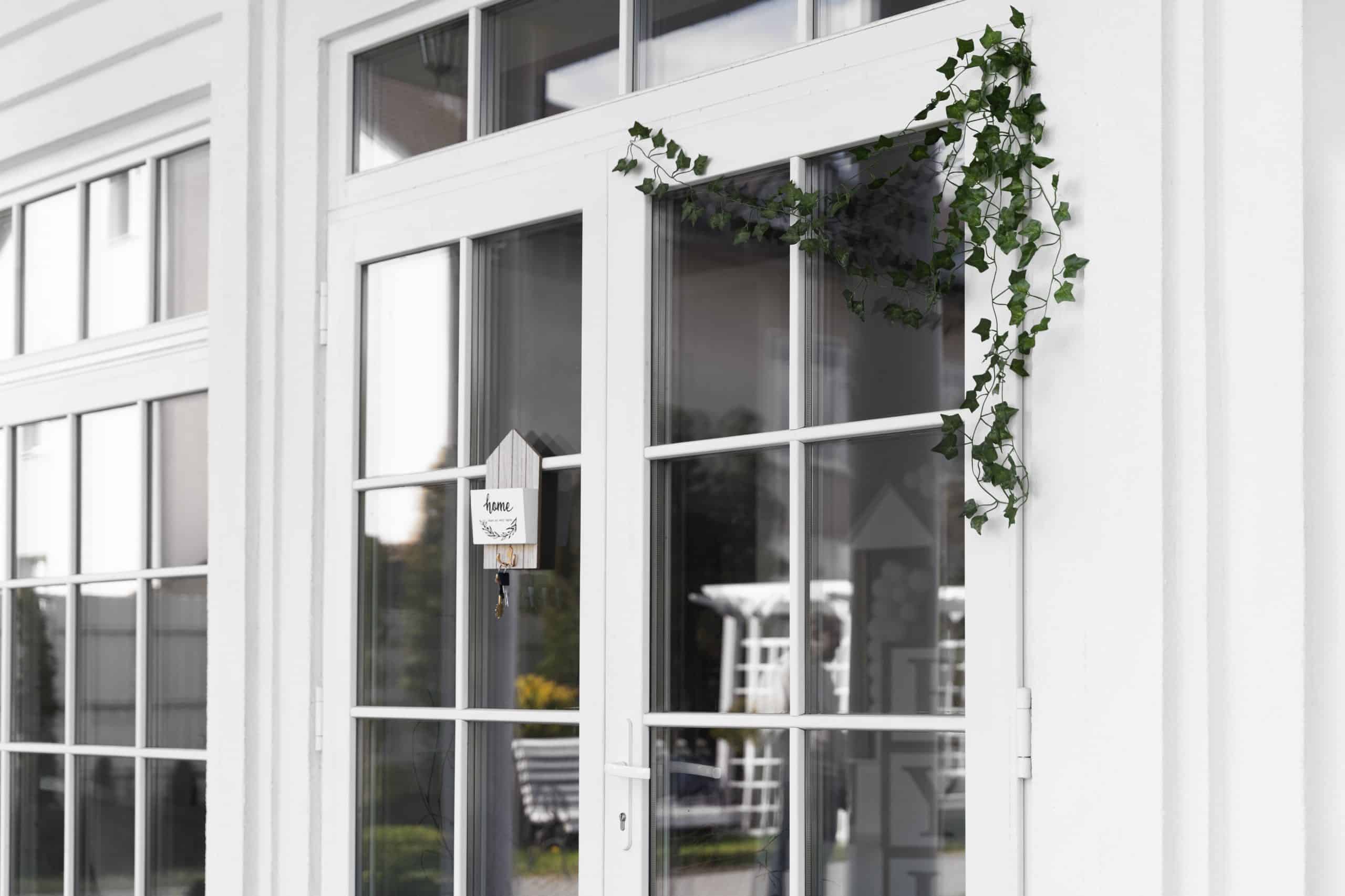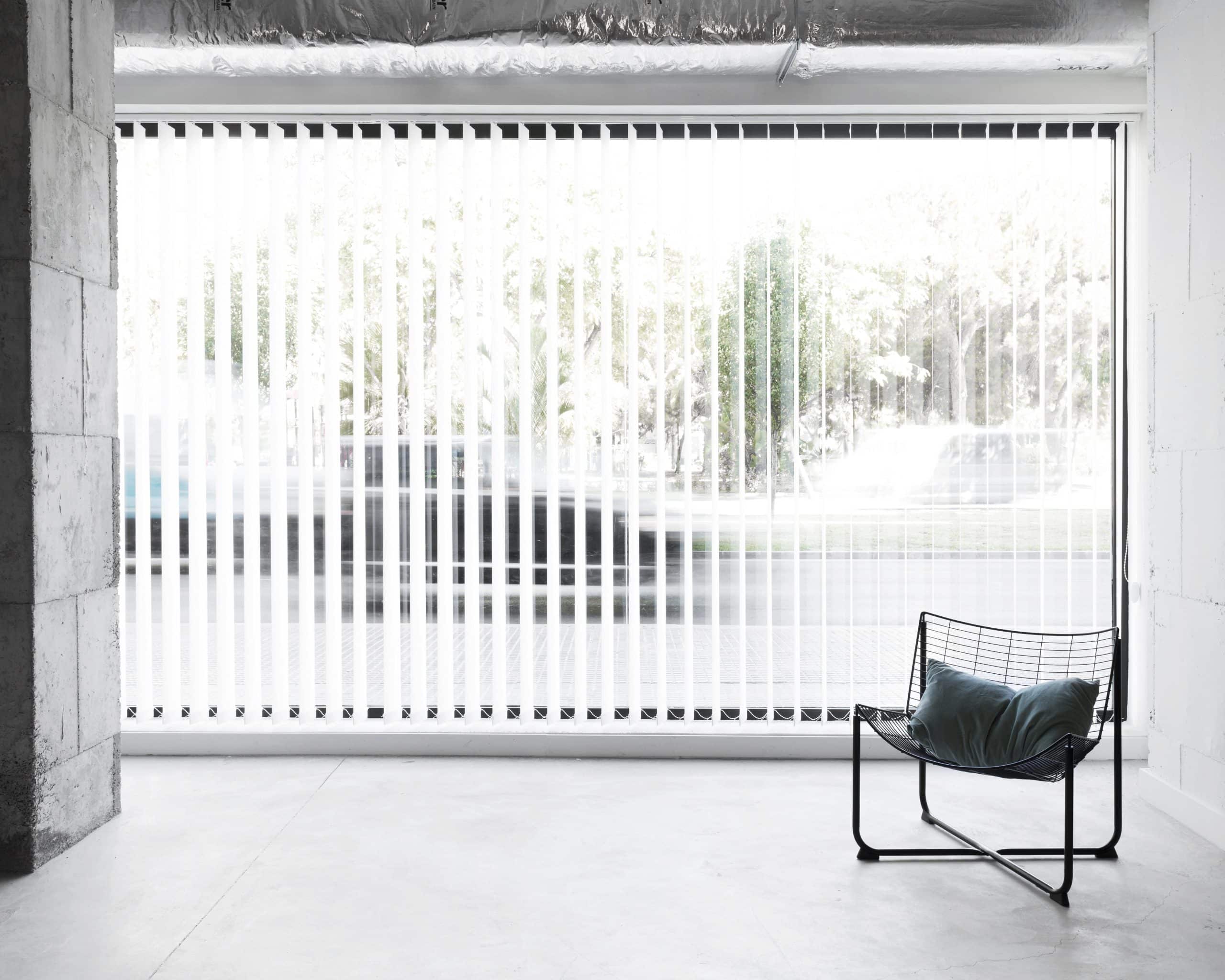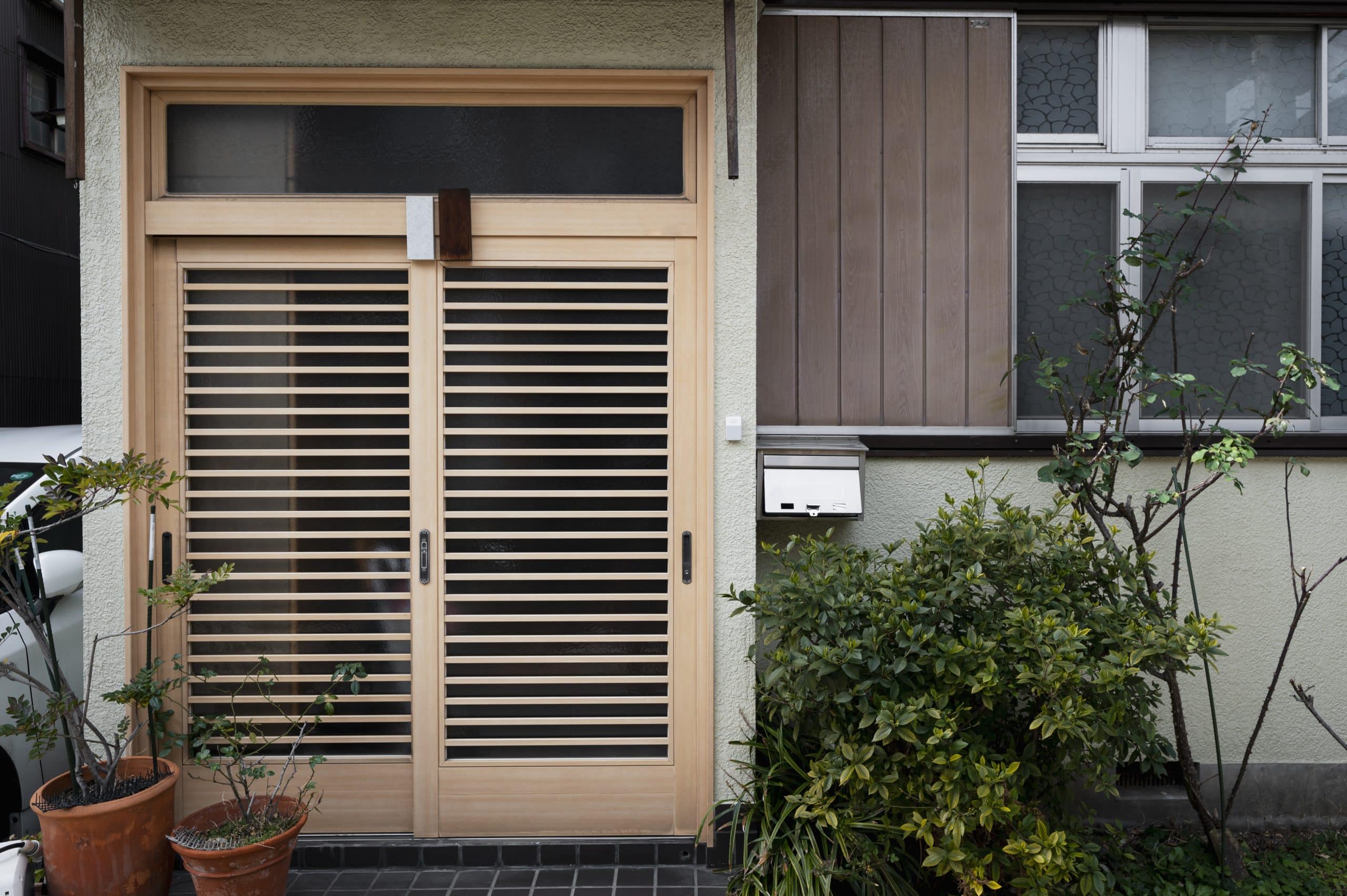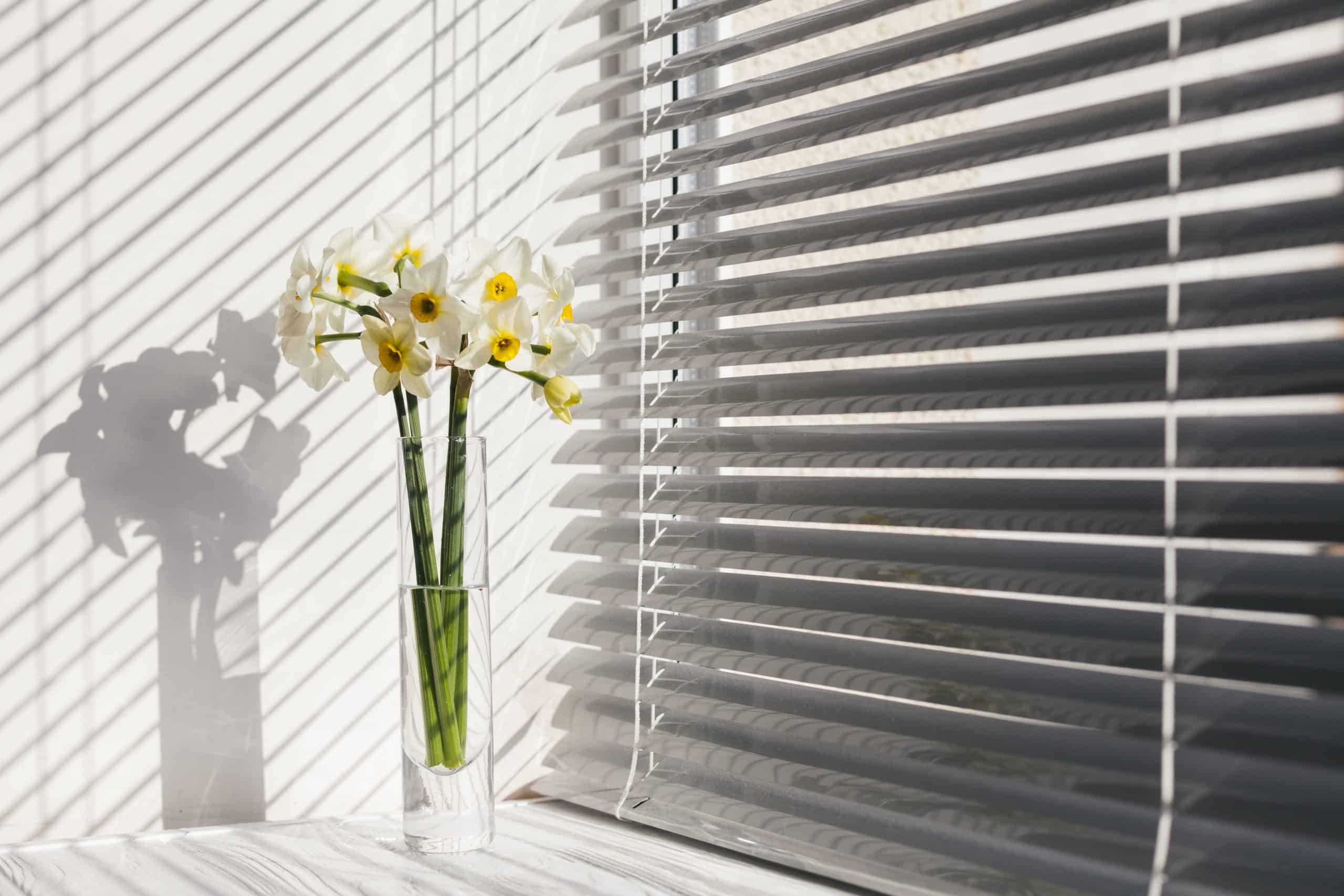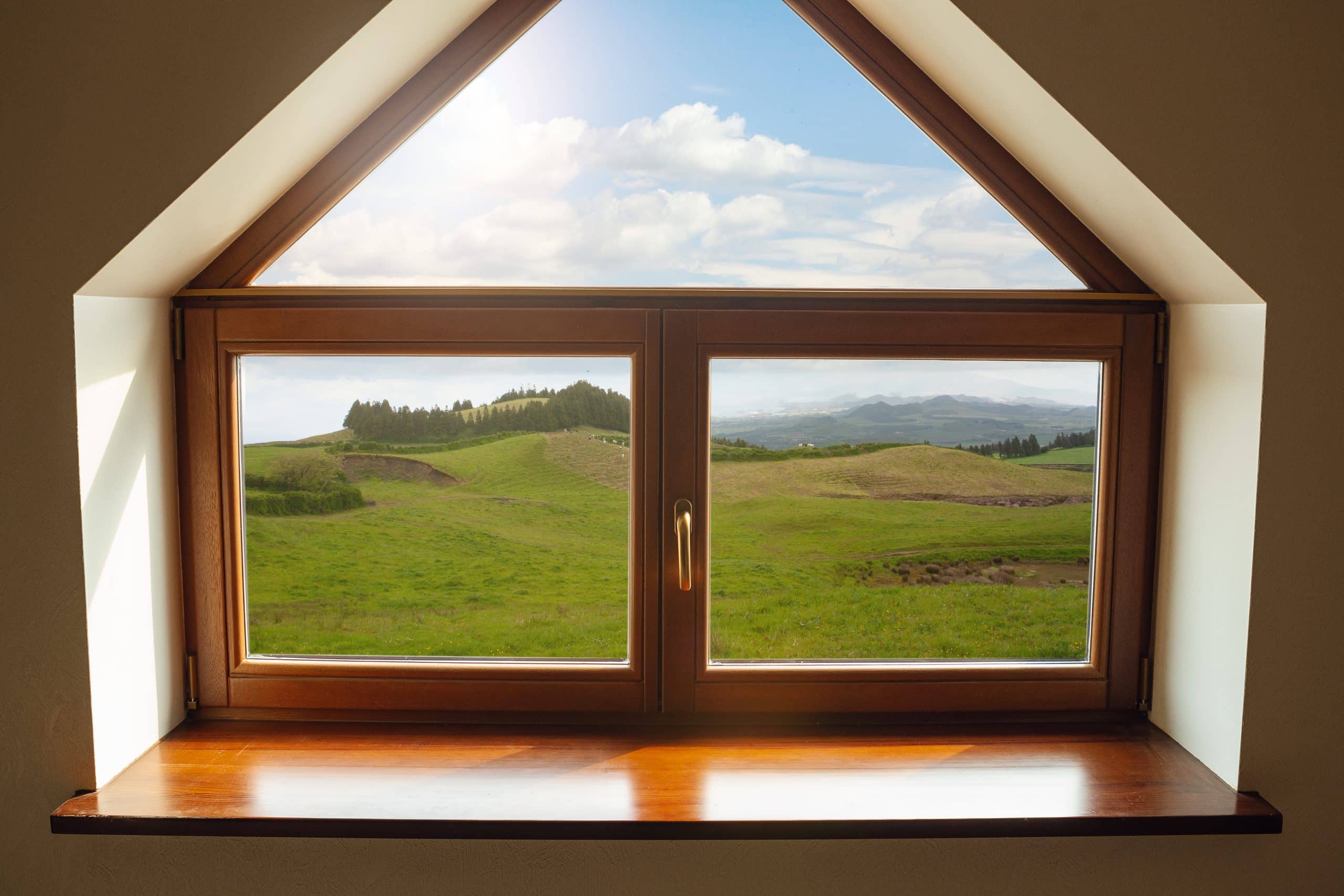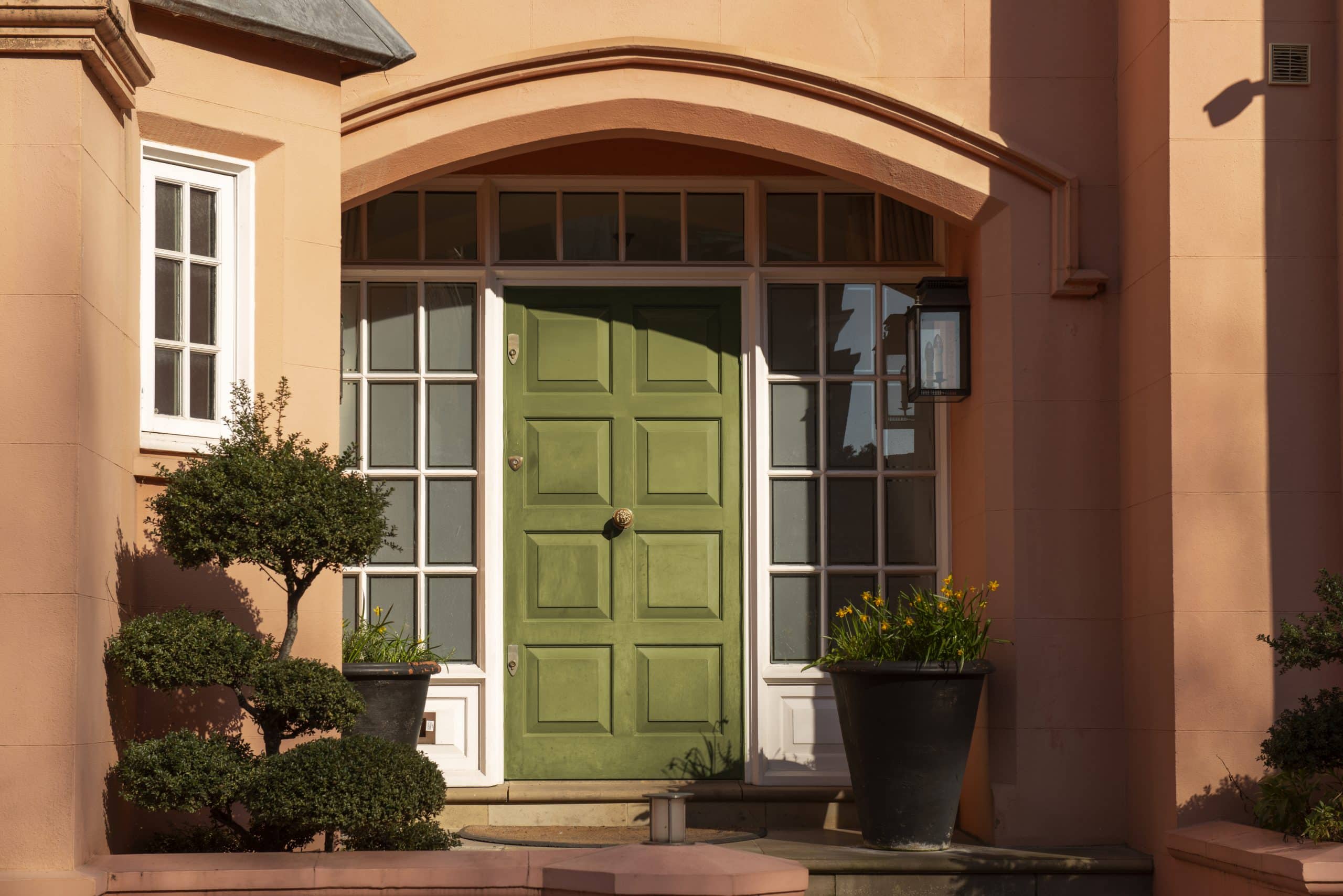These panes are at the forefront of thermal performance, offering homeowners a solution against energy loss. As heating costs rise and environmental concerns grow sharper, triple glazed windows have emerged as an important component in modern building design.
They not only promise enhanced insulation but also contribute to noise reduction, making them an investment that pays off both financially and in terms of living quality. With their three layers of glass and intervening spaces filled with insulating gas, these windows are designed to keep interior spaces temperate year-round.
What is a Pane of Window Glass?
Window panes are critical components in the construction of windows. They provide insulation and protection from external elements. Glass panes trap air between them, creating a barrier that reduces heat transfer. This helps maintain a comfortable indoor temperature regardless of outdoor conditions.
Their role extends to noise reduction and security enhancement. Modern paned windows come with coatings that reflect UV rays, protecting interiors from sun damage.
Technological evolution
The evolution of window technology has been significant over the years. Initially, single-pane windows were standard in most buildings. However, they offered minimal insulation and were prone to condensation.
With advancements, double-glazed windows became popular for their improved energy efficiency. These consist of two glass sheets with an inert gas fill which provides better thermal performance than single glazed units.
Today’s pinnacle is triple-glazed options. They feature three layers of glass and two air or gas spaces between them for optimal insulation. Homeowners seeking replacement windows now often consider triple glazing for its superior energy-saving capabilities.
Construction materials
Materials used in window pane construction vary widely but serve specific purposes:
- Glass — the primary material used in panes. Tempered or laminated for additional safety;
- Gas fills — argon or krypton gases are commonly used between panes due to their low thermal conductivity;
- Spacers — these separate the glass layers and made from aluminum or warm-edge materials like fiberglass or foam;
- Frames — work in overall window performance. Materials range from wood to uPVC and composites.
Vinyl windows have gained traction due to their durability and low maintenance requirements, offering excellent thermal properties when combined with multi-pane technologies.
Triple vs Double Pane Efficiency
Triple panes boast an additional layer of glass, which creates two air or gas-filled spaces. This design significantly reduces thermal transfer, ensuring homes retain heat during cold months and stay cool when it’s hot outside.
Double pane windows have one less glass layer, meaning only one insulating gap exists. They’re still effective in maintaining temperature compared to single-pane models, but fall short against the triple variant.
Homeowners in extreme climates will notice this difference most acutely. Triple glazing is the shield that keeps energy costs manageable and living spaces comfortable.
Cost-effectiveness
Assessing cost-effectiveness requires a long-term view. Upfront, triple glazed windows are more expensive than double pane options due to advanced construction and materials used. However, the investment could pay off over time through lowered energy bills.
In regions with harsh temperatures, either hot or cold, upgrading to triple glazing can yield substantial savings on heating and cooling expenses. The initial outlay may be high but considering the potential reduction in energy consumption year after year makes them worth considering for many homeowners.
Heat loss reduction
Triple glazed windows shine when assessing their ability to reduce heat loss, an aspect of home energy efficiency.
Homeowners often see a marked decrease in their need for artificial heating and cooling systems after installing triple glazing as it stabilizes indoor temperatures more effectively than double pane glass options can offer.
Noise Reduction Capabilities
Triple glazed windows offer superior sound insulation compared to their single or double pane counterparts. The additional glass layer and increased air gap disrupt sound waves, significantly reducing noise penetration. Homeowners living in high-traffic areas report a noticeable difference in ambient noise levels after upgrading to triple glazing.
They not only dampen external sounds but also create a more serene indoor environment. This is particularly beneficial for individuals who work from home, require restful sleep, or those sensitive to noise pollution.
Frame material
The effectiveness of triple glazed windows in soundproofing your home also depends on the window frame material. Frames made from materials like uPVC or treated wood enhance the noise reduction qualities by providing an extra barrier against sound vibrations.
Installation quality
High-quality installation of triple glazed windows is as important as the product itself for optimal noise reduction. Expert installers guarantee that every component works together seamlessly — from the correct fitting of panes within frames to ensuring tight seals around edges.
This meticulous attention to detail ensures that external noises stay outside and do not infiltrate your peaceful interior sanctuary, thereby enhancing overall comfort and livability of homes and offices alike.
Double tilt slider
Incorporating features like a double tilt slider mechanism can further augment these benefits by allowing easy cleaning without compromising on sound insulation properties.
These innovative designs provide versatility along with peace and quiet, making them popular among discerning homeowners seeking both functionality and serenity in their living spaces.
Cost Comparison Insights
Triple glazed windows command a higher upfront cost compared to double pane windows. On average, homeowners can expect to pay about 10-15% more for triple glazed units. This price difference stems from the additional glass pane and enhanced frame materials needed for proper installation and support.
They offer superior insulation properties, but this comes with an extra cost. It’s necessary for buyers to consider not only the immediate price tag but also long-term financial implications.
Energy savings
Over time, triple glazed windows contribute to significant energy bill reductions. Their design minimizes heat transfer, keeping homes warmer in winter and cooler in summer without over-reliance on heating and cooling systems.
The savings on utility bills are substantial, particularly in regions with extreme temperatures. Homeowners might see a return on their investment within several years through these reduced operational costs.
Durability benefits
Maintenance costs factor into overall expenses too. Triple glazing often means less condensation and fewer drafts, which translates into lower maintenance needs and longer window life spans.
Their construction helps them withstand environmental stressors better than double pane windows. This durability implies that replacement cycles are extended, further offsetting the initial higher costs over time.
When evaluating cost-effectiveness, it’s essential to consider also how much money triple glazed windows can save homeowners throughout their lifespan.
Investment Value Analysis
Homeowners often see a reduction in energy bills as these windows provide superior insulation. This translates into tangible savings month after month, which is significant over the lifespan of the windows.
They also contribute to thermal comfort, creating a more consistent indoor temperature year-round. The lessened need for heating and cooling systems reduces wear and tear on these appliances, leading to potential savings on maintenance and replacement costs.
Property enhancement
Triple glazed windows are a powerful selling point when listing a property. They signal to prospective buyers that the home offers enhanced comfort and energy efficiency. This can increase the property’s attractiveness on the market, potentially reducing time spent listed before sale.
Properties with high-performance features like triple-glazed windows often command higher prices. Buyers are willing to pay more for homes that promise lower utility costs and better living conditions.
Energy ratings impact
In real estate transactions, energy efficiency ratings carry increasing weight. Triple glazed windows improve a home’s rating due to their insulative properties. A better rating is necessary during sales negotiations, offering an edge in competitive markets.
Real estate agents emphasize these ratings as they reflect both cost-saving measures and environmental stewardship, a combination appealing to modern buyers’ values.
Energy Efficiency Explained
Triple glazed windows offer superior thermal insulation compared to their single or double-paned counterparts. They consist of three layers of glass with spaces in between, often filled with inert gases like argon or krypton. These gas fills are less conductive than air, reducing heat transfer and enhancing energy efficiency.
Low-E coatings
Applied to the glass surfaces, these thin metallic layers reflect infrared light, allowing visible light through. It’s this selective property that improves a window’s ability to insulate against temperature changes.
They keep homes warm by reflecting interior heat back inside and cool by repelling solar radiation. Enhanced thermal performance is evident as residents experience consistent temperatures and reduced reliance on climate control systems.
Environmental impact
The environmental benefits of triple glazed windows cannot be understated. Less demand for energy translates into fewer fossil fuels burned for electricity generation or heating purposes, this reduction has a direct positive impact on our environment.
Cost savings
Investing in triple glazed windows leads not only to better energy efficiency but also tangible cost savings over time. Homeowners see a decrease in their monthly energy bills due to reduced energy costs associated with maintaining comfortable indoor temperatures.
It’s clear that triple glazed windows act as an effective layer against external temperature fluctuations, keeping your home snug regardless of outside conditions, a benefit reflected in your wallet every month when you pay your utility bill.
Pros and Cons Evaluated
Triple glazed windows offer significant energy savings. Their design includes three layers of glass with gas, typically argon, filling the gaps. This setup reduces heat transfer, keeping interiors warm during winter and cool in summer.
Homeowners experience a noticeable difference in their comfort levels and a reduction in their energy bills over the years.
They also minimize sun-related fading of interior furnishings by blocking harmful UV rays. The quality of indoor living improves alongside performance measures like temperature control and noise reduction from outside sources.
Enhanced comfort
The additional pane in triple glazed windows provides better insulation against external temperatures and noise. Residents enjoy a quieter, more consistent indoor environment regardless of what’s happening outside.
Triple glazed windows can also contribute to better sleep quality by reducing external noise intrusion, making them a valuable long-term investment for health and wellbeing.
Upfront costs
One major drawback is the higher upfront cost compared to double-glazed options. The extra material and complexity involved in manufacturing triple glazed units add to the expense. Experts suggest assessing whether the long-time energy savings justify these initial costs before installation.
Stronger frames are necessary to support the added weight of an extra pane which can lead to further expenses or structural considerations during planning stages.
Structural requirements
Due to their weight, triple glazed windows require frames that can withstand additional stress over time. This necessity might limit material options or necessitate reinforcements in existing structures which could be costly or complicated depending on architectural style.
Homeowners must ensure their property can accommodate these requirements before committing to installation for optimal performance without compromising safety or aesthetics.
Climate suitability
In colder climates where heat loss is a significant concern, triple glazing is often worth the investment due to its superior insulating properties. However, in milder regions, the benefits may not offset the costs as effectively since heating demands are lower throughout most of the year.
Making an Informed Decision
The decision to upgrade to triple glazed windows hinges on location and home design. Homes in colder climates benefit significantly from the additional insulation.
- Design considerations — it is necessary to consider the design of the house as a whole. Large window areas or those facing harsh weather conditions necessitate solutions like triple glazing;
- Manufacturer selection — look for companies with a proven track record of quality products and positive customer reviews. They should offer various options to suit different needs and preferences;
- Installer expertise — the expertise of the installer is equally important as product quality. A certified installer ensures proper fitting, which is essential for optimal performance of triple glazed windows;
- Warranty evaluation — warranties are telling signs of confidence from manufacturers in their products’ longevity and performance. Opt for longer warranties that cover both materials and workmanship, ensuring peace of mind post-installation.
Triple glazing reduces heat loss, a smart investment for energy savings and comfort. Homeowners in milder zones should weigh this against the cost, as double pane may suffice.
Boosting Home Comfort
Triple glazed windows play serve to maintain consistent indoor temperatures. They are designed with an extra layer of glass and additional space filled with gas, which acts as superior insulation.
Homeowners experience fewer drafts, contributing to a more comfortable living environment. The extra insulation ensures that the heating or cooling system does not have to work overtime to compensate for lost energy, leading to more stable temperatures throughout the home.
Condensation reduction
Condensation is a common issue in many households, often leading to mold growth and poor air quality. Triple glazed windows help combat this problem. They provide an additional barrier against moisture build-up.
The surface temperature of the interior glass remains closer to the indoor air temperature, reducing the likelihood of condensation forming. This results in improved indoor air quality and contributes to a healthier living space for homeowners.
Conclusion
Living in a quieter home environment has significant psychological benefits. The extra layer of glass and insulating gas within triple glazed windows greatly diminishes noise from outside sources. And also significantly reduces heat transfer, keeping homes warm during cold weather and cool in the summer months.
HTR understands the importance of comfort within your home. They take pride in offering only the best products that ensure your renovation project exceeds your expectations without causing any headaches.
